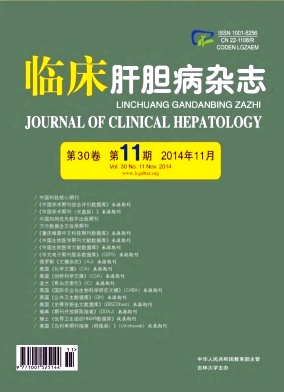The incidence of intrahepatic bile duct stones as primary cholelithiasis varies in different regions, though it decreases to some extent. Minimally invasive hepatectomy is the correct procedure for treating early intrahepatic bile duct stones. However, there are still many problems concerning the surgical treatment of end- stage liver disease caused by complex intrahepatic bile duct stones. The multidisciplinary mode should be recommended to provide comprehensive treatment, and studies on the prevention, etiology, and pathogenesis of intrahepatic bile duct stones should be strengthened, so as to improve the treatment of intrahepatic bile duct stones.







 DownLoad:
DownLoad: